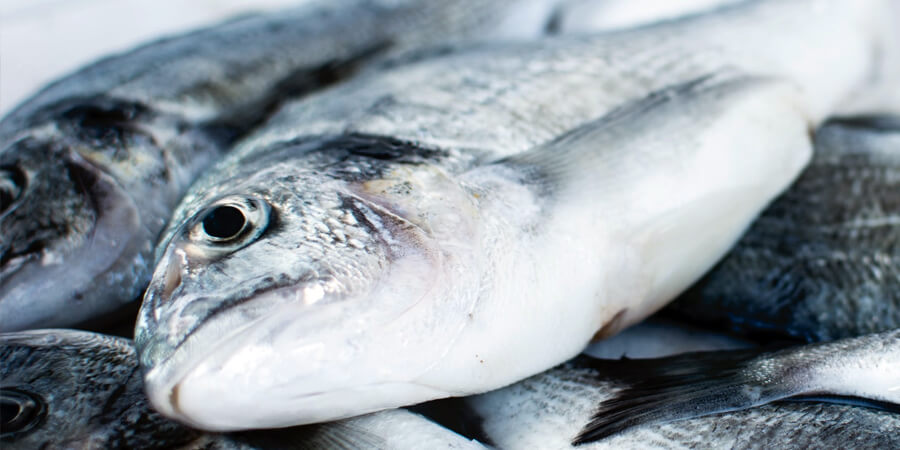
Namibia’s fish product trade has shown remarkable growth in the first quarter of 2023, with trade surpluses reaching N$3.8 billion. The Namibia Statistics Agency (NSA) has reported a significant increase in export value coupled with a decrease in the import bill for fish products during this period. This article delves into the details of Namibia’s fish trade performance, import and export trends, as well as insights into the agricultural sector.
Expanding Trade Surpluses: The NSA reveals that trade surpluses in fish products have widened from N$2.9 billion in Q1 2022 to N$3.8 billion in Q1 2023. This growth can be attributed to a surge in export value combined with a reduction in fish imports. Namibia’s reliance on imports has decreased, leading to a more favorable trade balance.
Import and Export Trends: In Q1 2023, Namibia imported fish products worth N$167.9 million, primarily from Morocco, Chile, and the United States. However, this figure has declined compared to the previous year. On the export front, fish and crustaceans, molluscs, and other aquatic invertebrates accounted for N$4.0 billion in exports. Spain, Zambia, and the Democratic Republic of the Congo emerged as the major destinations for Namibian fish exports.
Agricultural Sector Performance: The agricultural sector also experienced positive growth during the first quarter of 2023. Overall agronomy production increased by 8.1%, with notable growth in millet and wheat production. However, white maize production witnessed a slight decline.
Agronomy Trade: Namibia exported agronomy goods valued at N$311.3 thousand, primarily maize, while imports totaled N$518.3 million, with maize and wheat being the highest contributors. Angola was the primary market for Namibian agricultural exports, while South Africa, Latvia, and India were the major sources of imports.
Livestock Auctions: Cattle sales at auctions saw a 7.8% increase compared to the same period in 2022. Goats experienced the highest growth, followed by sheep. However, auction values for all types of animals declined during this period.
Namibia’s fish product trade has achieved significant surpluses, showcasing the country’s prowess in the fishing industry. With a rise in export value and decreased reliance on imports, Namibia is strengthening its position as a leading fish exporter. Additionally, the agricultural sector is showing positive growth, particularly in agronomy production. The overall performance of Namibia’s economy in the first quarter of 2023 reflects a promising outlook for the country’s trade and agriculture sectors.
Stay updated with the latest farming tips and agriculture industry news from Africa by subscribing to our newsletter. Don’t miss out on valuable insights and updates. Follow us on Twitter, LinkedIn, and Facebook to join our farming community and stay connected with us.




















Leave a Reply